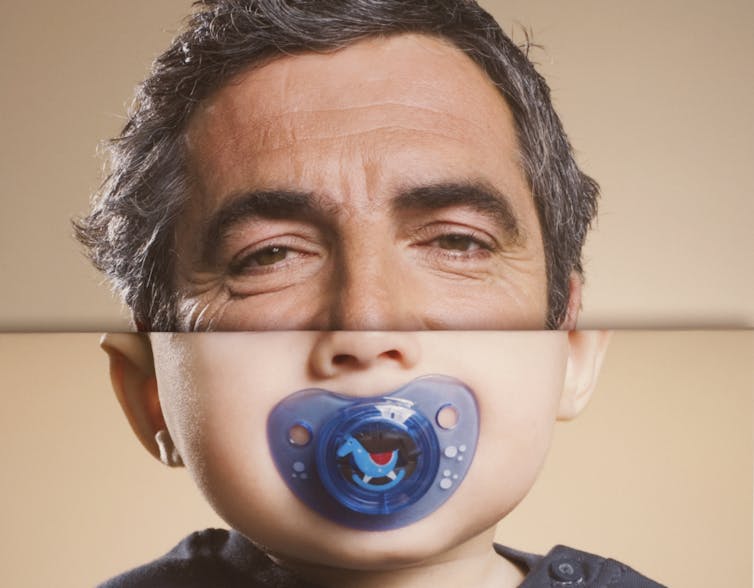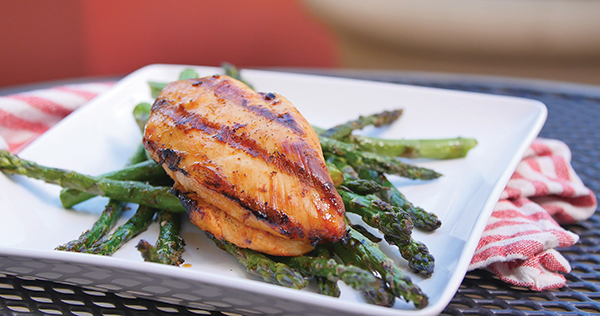|
Getting your Trinity Audio player ready...
|
Creating a Safe Haven: Baby-Proofing Your Home for Peace of Mind
Welcoming a baby into your home is a joyous occasion, accompanied by a newfound sense of responsibility. As your little one begins to explore their surroundings, it becomes imperative to ensure that their environment is as safe as possible. Baby-proofing your home is not just a precautionary measure; it is an essential step in creating a nurturing and hazard-free space for your child. This article aims to guide new parents and caregivers through the process of making their homes safe for babies, covering key areas and offering practical solutions.
1. Securing Heavy Furniture and Appliances
a. The Risk of Tip-Overs
Furniture and appliance tip-overs pose a significant risk to babies and toddlers who are naturally curious and tend to pull or climb on objects. Anchoring heavy furniture, such as bookcases, dressers, and televisions, to the wall is crucial to prevent accidental falls that could lead to serious injuries.
b. Practical Solutions
Use furniture straps or L-brackets to secure top-heavy furniture to the wall.
Ensure that televisions are either wall-mounted or placed on a sturdy base and pushed back as far as possible.
2. Electrical Safety
a. The Peril of Electrical Outlets
Electrical outlets are often at eye level for crawling babies and can attract their attention. Unprotected outlets pose a risk of electrical shocks when curious fingers or objects are inserted into the slots.
b. Preventative Measures
Install outlet covers or safety plates on all accessible electrical outlets.
Keep electrical cords out of reach and secure them with cord shorteners or covers.
3. Safeguarding Against Sharp Edges and Corners
a. The Hazard of Cuts and Bruises
Sharp edges and corners on furniture can be dangerous for babies who are learning to walk and have a tendency to fall or bump into things.
b. Mitigation Strategies
Use corner and edge guards on furniture such as coffee tables, end tables, and entertainment centers.
Opt for furniture with rounded edges wherever possible.
4. Staircase Safety
a. The Danger of Falls
Staircases are a common site for falls, particularly for babies and toddlers who are still mastering the art of walking and balancing.
b. Protective Measures
Install safety gates at the top and bottom of staircases.
Ensure that the gates are securely mounted and that they meet current safety standards.
5. Kitchen and Bathroom Hazards
a. Potential Risks
Kitchens and bathrooms are filled with hazards, from hot surfaces and sharp objects to toxic substances and drowning risks.
b. Safety Precautions
Use safety latches on cabinets and drawers containing harmful products.
Keep appliances, razors, and other dangerous items out of reach.
Never leave a baby unattended in the bath, even for a moment.
Baby-proofing your home is an ongoing process that evolves with your child’s growth and development. Regularly reassess your home for potential hazards and make necessary adjustments. Remember, the goal is not to create a fortress but to provide a safe, exploratory environment where your little one can thrive. By taking these proactive steps, you can significantly reduce the risks and enjoy the journey of parenthood with greater peace of mind.
7 Simple Steps to a Healthier and Happier You
Training an animal? An ethicist explains how and why your dog − but not your frog − can be punished






